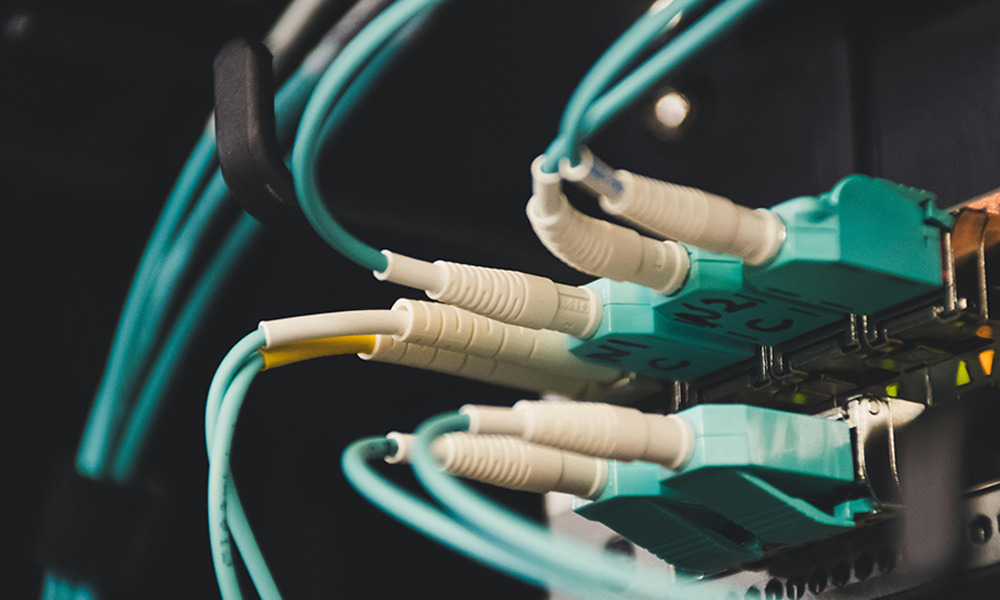Data centers require constant monitoring and management to ensure that business IT infrastructure works as it should – to its optimal performance and capacity, offering as best a service as possible to end users. As such, data centers (particularly those large or of complex configuration) require around-the-clock supervision and expertise to ensure the smooth running of operations. However, such a job is time-consuming and involves extremely specialist knowledge, and so many businesses opt to outsource and use Third Party Maintenance services for their data centers.
What is Third Party Maintenance?
Usually, when an OEM (Original Equipment Manufacturer) sells data center hardware, they provide with it a maintenance programme to monitor, maintain and update the hardware as it ages. This is usually provided for a set period of time (between 3-5 years), after which time the hardware may still be operational but the OEM will no longer offer support for it – instead focusing their attention on newer models of hardware intended to replace it.
Third Party Maintenance refers to the provision of data center maintenance offered by a specialist firm who is not the OEM. It allows for the extension of safe usage of hardware past the date at which the OEM withdraws support (the EOSL ‘End of Service Life’ date). This provides an opportunity for businesses to continue using their data center hardware as long as it remains safely operational, extending the lifespan of their IT assets as much as possible – often years longer than expected.
Comprehensive Third Party Maintenance includes all of the services that OEMs would through their standard support, such as:
- Remote monitoring of hardware performance
- Physical checks of hardware
- Physical installation of spare parts as required
- Upgrades
- Updates
- Security patches
- Firmware patches.
The Alternative: Regular Hardware Replacement
The status quo for data center hardware has long been for businesses to discontinue its use when the OEM withdraws support and enters a period of regeneration – decommissioning the old hardware and replacing it with a newer model for which the OEM does offer continued support. This, however, is usually considerably more costly than investing in a Third Party Maintenance service contract and encourages a cycle of hardware overconsumption and unnecessary waste, which is considered non-sustainable and rates badly on company ESG (Environmental, Social, Governance) reporting criteria.
The Differences between OEM Maintenance and Third Party Maintenance
While of course all service contracts vary depending on that agreed between the business and their data center maintenance provider, there are many differences between standardized OEM support and that offered by Third Party specialists. These include:
Time limits
OEMs set a time period within which they will offer support for their hardware. This usually comprises a warranty lasting between 1-3 years, sometimes with the option for the purchase of further support post-warranty. Third Party Maintenance, however, can often be utilized alongside formal OEM support and allows for the extension of the hardware lifespan – in some cases, up to 10 years post-purchase!
SLAs (Service Level Agreements)
OEMs operating maintenance services under warranty provision usually offer a set SLA dependent on the severity of any issues or updates required. However, as a more flexible option, Third Party Maintenance services tend to offer a variety of SLA packages. For example, at Procurri, we offer:
- Completely bespoke SLA packages, alongside:
- Basic package: providing 9-5 help desk, online portal, next business day parts
- Enhanced package: providing 9-5 help desk, online portal, field engineer on-site next business day with parts
- Premium package: providing 24/7 help desk, online portion, field engineer on-site within 4 hours of diagnosis with parts.
Branded vendor contract agreements
OEMs will only offer maintenance and support for data center hardware which they have manufactured. This means that if a business has a data center configuration made up of more than one brand’s products, separate support agreements must be filed for each in order to receive the necessary maintenance. In contrast, Third Party Maintenance service providers are able to offer one maintenance agreement for multivendor hardware support with flexible terms – keeping all hardware up-to-date and operational without the need for multiple parties offering intervention.
Costs
OEM data center maintenance services are usually considered more expensive than Third Party Maintenance options, as not only do they incur a higher package cost but they also encourage rapid replacement purchasing.
Expertise
Of course, OEMs are experts in their own brands and products and so the service received from OEM engineers should be second-to-none. However, in practice, such specialised experience can result in a lack of practical troubleshooting options and limits the extent to which interacting and multi-functioning hardware can be maintained. As such, Third Party Maintenance services are able to provide specialist engineers with broader, vendor-neutral experience.
The Advantages of Third Party Maintenance
At Procurri, we see our customers benefit hugely from using our Global Maintenance services, and we receive a myriad of positive feedback regarding it. The following are just some of the points that encourage businesses to work with us for their regular data center maintenance services.
Enhanced sustainability
The standard ‘replace-hardware-every-3-to-5-years’ cycle is conventionally the status quo in the IT channel – but encourages rapid re-purchase, hardware overconsumption and irresponsible ITAD and e-waste disposal. Instead, businesses can work with Procurri’s Third Party Maintenance services to ‘sweat’ their hardware assets and avoid landfill for as long as possible. Furthermore, we operate as a Carbon Neutral company, accredited by the Carbon Footprint Standard. This allows our customers to mention their usage of a Carbon Neutral supplier in their own ESG reporting, as well as our adherence and contribution to the UN Support The Goals initiative.
Maximizing derived value
Utilizing high-performing data center hardware for as long as possible maximizes the derived value within, allowing for the best possible usage. This allows management to present robust business cases for future spend and to save budgets where they would normally be spent.
Reducing CapEx and OpEx spend
Third Party Maintenance services and the ‘sweating’ of assets allows for both CapEx (Capital Expenditure) spend and OpEx (Operational Expenditure) spend to be greatly reduced. CapEx are budgets used to acquire, upgrade, or maintain physical assets with a useful life extending beyond a single accounting period; so are used less frequently as hardware is procured on a slower basis. OpEx is the budget used to cover ongoing costs of running a business, typically for day-to-day operations. These too are lessened as maintenance packages are cheaper. The exact level of savings is dependent on a business’ own requirements and current expenditure, but in most cases Third Party Maintenance services can save between 30%-70% on these costs.
Flexible coverage
Businesses often find that if they change something within their data center configuration that they then struggle to have it accommodated within their existing maintenance contracts – particularly, of course, if it’s a piece of hardware from a different OEM. Working with a Third Party Maintenance provider means that no matter what is added or taken away from your data center, all coverage can be adjusted to suit the business’ ongoing needs.
Unbeatable expertise
Few organizations have the in-house capabilities to deal with all hardware and software types, entirely vendor-neutral; and even less so when you consider that these staff’s expertise may be needed in several different geographic locations all at once. Working with a Third Party Maintenance supplier allows for remote and on-site intervention from the most experienced and knowledgeable of engineers and technicians without the business having to fork out for their full-time salary.
Rapid response times
As an organization external to your own, Third Party Maintenance providers offer competitive SLAs for their customers – with Procurri’s own ‘on-site engineer’ guaranteed to attend as quickly as 4-hours after an issue has been raised! Such response times can be difficult to meet when you’re relying on a conglomerate OEM or in-house team to be available and ready to start work right away; meaning that the response times (and therefore downtime or disruption to end users) are vastly improved.
Why work with Procurri for Third Party Maintenance?
Procurri is a 100% channel dedicated provider of independent IT maintenance for enterprise servers, storage, and networking. We work with 1,000+ channel partners to provide world-class support to their customers in over 100+ countries around the world ensuring they meet their SLAs.
For more information on how our talented team of specialist technicians and engineers can create custom SLAs and offer unbeatable service for your data center – no matter how complex, varied or rare its configuration may be – get in touch today!





